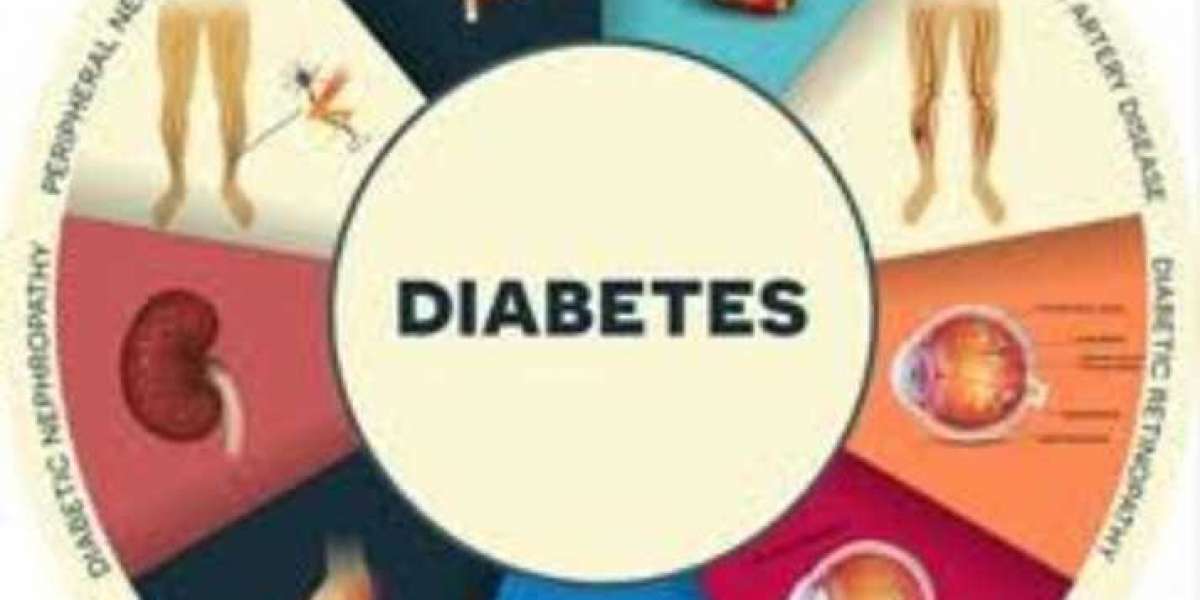Diabetes Mellitus is one of the most common chronic diseases affecting millions of people across the globe. It occurs when the body cannot properly regulate blood sugar (glucose) levels. If left unmanaged, diabetes can lead to serious health complications. In this blog, we’ll simplify everything you need to know about diabetes mellitus — its causes, symptoms, types, and effective management strategies.
What Is Diabetes Mellitus?
Diabetes Mellitus, often just called diabetes, is a condition where your body either doesn't make enough insulin or can't use insulin effectively. Insulin is the hormone responsible for moving sugar from your blood into your cells to be used as energy.
When this process doesn’t work correctly, sugar builds up in your blood, leading to high blood sugar levels (hyperglycemia). Over time, this can damage organs and cause serious health issues.
Major Causes of Diabetes Mellitus
The exact cause of diabetes varies depending on the type, but common factors include:
Genetics: Family history increases your risk.
Obesity: Excess body fat can make your body resistant to insulin.
Inactivity: A sedentary lifestyle contributes to insulin resistance.
Poor diet: High sugar and high-fat diets increase the risk.
Hormonal issues: Especially in the case of gestational diabetes during pregnancy.
Common Symptoms of Diabetes
The symptoms of diabetes can develop slowly, especially in type 2. Some common warning signs include:
Frequent urination
Increased thirst and hunger
Unexplained weight loss
Fatigue and irritability
Blurred vision
Slow-healing wounds
Tingling or numbness in hands and feet
If you experience any of these symptoms, it’s important to see a doctor for a blood sugar test.
Types of Diabetes Mellitus
1. Type 1 Diabetes
Autoimmune condition
The body attacks insulin-producing cells
Usually diagnosed in children and young adults
Requires lifelong insulin therapy
2. Type 2 Diabetes
Most common type
Linked to lifestyle and genetics
The body becomes resistant to insulin
Can be managed or reversed with diet and exercise
3. Gestational Diabetes
Occurs during pregnancy
Usually goes away after delivery
Increases risk of type 2 diabetes later in life
How Is Diabetes Diagnosed?
Doctors use the following tests to diagnose diabetes:
Fasting Blood Sugar Test
HbA1c Test (Average glucose levels over 3 months)
Oral Glucose Tolerance Test
Smart Management Tips for Diabetes
Living with diabetes is manageable with the right steps. Here are some smart tips to stay healthy:
1. Eat a Balanced Diet
Focus on whole grains, vegetables, lean proteins, and healthy fats.
Avoid sugary foods and drinks.
2. Stay Active
Aim for at least 30 minutes of physical activity most days.
Walking, swimming, and yoga are great choices.
3. Monitor Blood Sugar Levels
Regular monitoring helps you understand what affects your blood sugar.
Follow your doctor’s advice on target ranges.
4. Take Medications as Prescribed
Some may need insulin or oral medications to manage blood sugar.
Medications like Tadalista 20 are prescribed for other conditions like erectile dysfunction, which can be a complication in diabetic men. However, always consult a doctor before using such treatments.
5. Manage Stress
Stress can increase blood sugar levels.
Try meditation, deep breathing, or hobbies that relax you.
6. Regular Check-Ups
Routine visits help track complications like nerve damage, eye issues, or kidney problems.
Final Thoughts
Diabetes Mellitus may seem overwhelming, but with the right knowledge and habits, it’s entirely manageable. Early detection, a healthy lifestyle, and regular medical support are key to living a full, active life with diabetes.
If you or a loved one is dealing with diabetes, take small steps today. The sooner you act, the better your health will be tomorrow.




